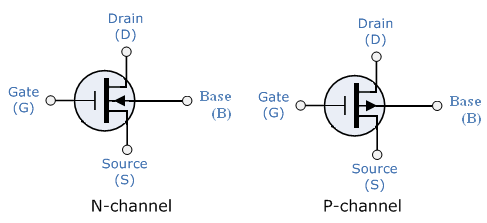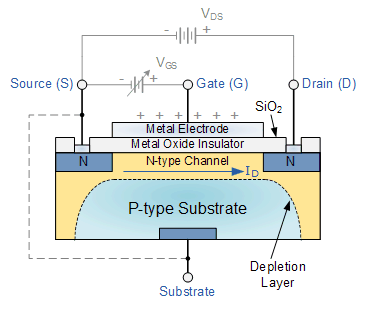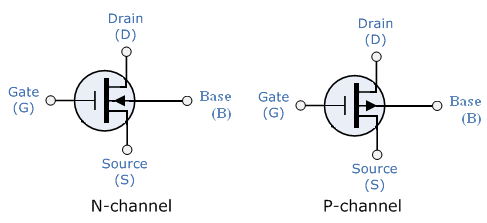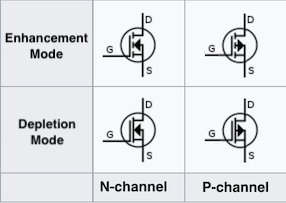Any P-N junction is a diode (among other ways to make diodes). A MOSFET has two of them, right here:

That big chunk of P-doped silicon is the body or the substrate. Considering these diodes, one can see it's pretty important that the body is always at a lower voltage than the source or the drain. Otherwise, you forward-bias the diodes, and that's probably not what you wanted.
But wait, it gets worse! A BJT is a three layer sandwich of NPN materials, right? A MOSFET also contains a BJT:
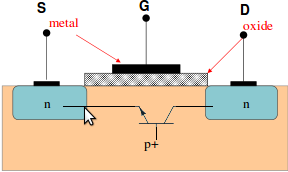
If the drain current is high, then the voltage across the channel between the source and the drain can also be high, because RDS(on)RDS(on) is non-zero. If it's high enough to forward-bias the body-source diode, you don't have a MOSFET anymore: you have a BJT. That's also not what you wanted.
In CMOS devices, it gets even worse. In CMOS, you have PNPN structures, which make a parasitic thyristor. This is what causes latchup.
Solution: short the body to the source. This shorts the base-emitter of the parasitic BJT, holding it firmly off. Ideally you don't do this through external leads, because then the "short" would also have high parasitic inductance and resistance, making the "holding off" of the parasitic BJT not so strong. Instead, you short them right at the die.
This is why MOSFETs aren't symmetrical. It may be that some designs otherwise are symmetrical, but to make a MOSFET that behaves reliably like a MOSFET, you have to short one of those N regions to the body. To whichever one you do that, it's now the source, and the diode you didn't short out is the "body diode".
This isn't anything specific to discrete transistors, really. If you do have a 4-terminal MOSFET, then you need to make sure that the body is always at the lowest voltage (or highest, for P-channel devices). In ICs, the body is the substrate for the whole IC, and it's usually connected to ground. If the body is at a lower voltage than the source, then you must consider body effect. If you take a look at a CMOS circuit where there's a source not connected to ground (like the NAND gate below), it doesn't really matter, because if B is high, then the lower-most transistor is on, and the one above it actually does have its source connected to ground. Or, B is low, and the output is high, and there isn't any current in the lower two transistors.
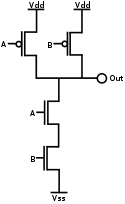
Collected from:
MOSFET: Why the drain and source are different?
FYI: I'm too pleased with this detail answer that I thought this should be here.
Thanks to Phil Frost
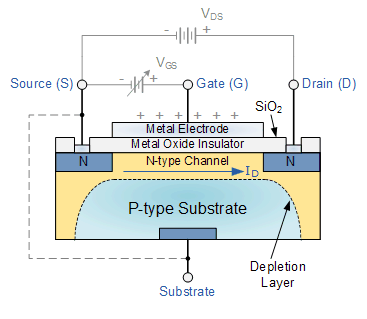
 all these symbols marking a pin as source and other one as drain. Why is that ? Why this symbols are not symmetrical as the device is?
all these symbols marking a pin as source and other one as drain. Why is that ? Why this symbols are not symmetrical as the device is? 

